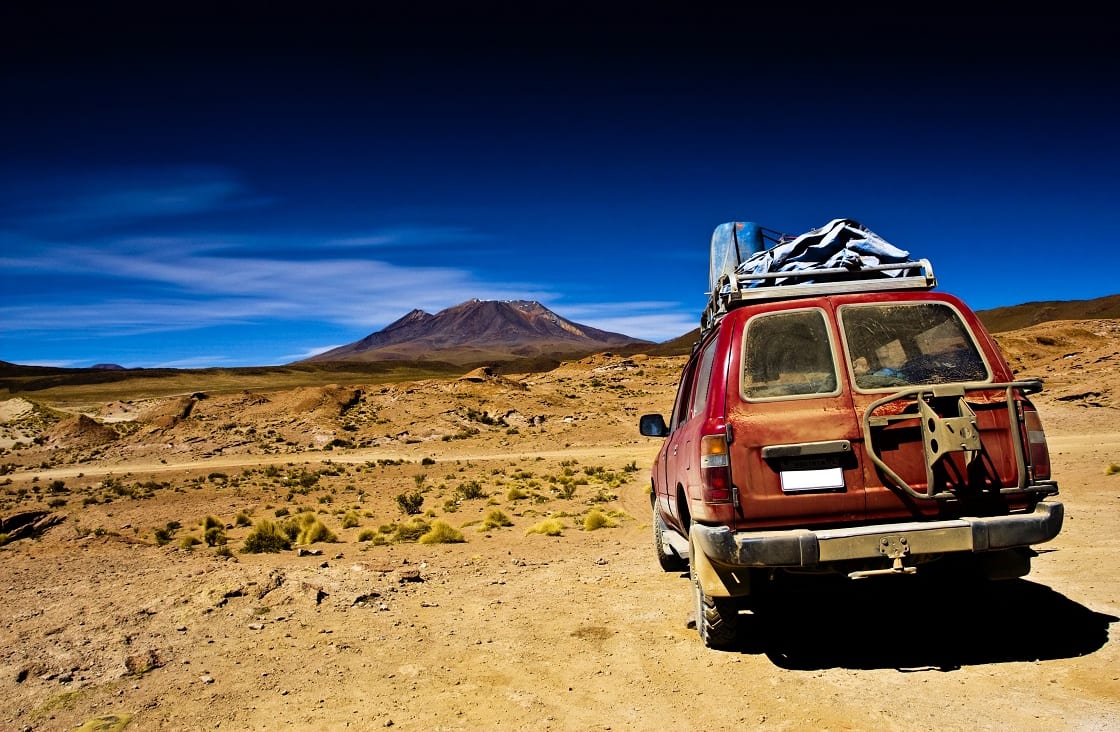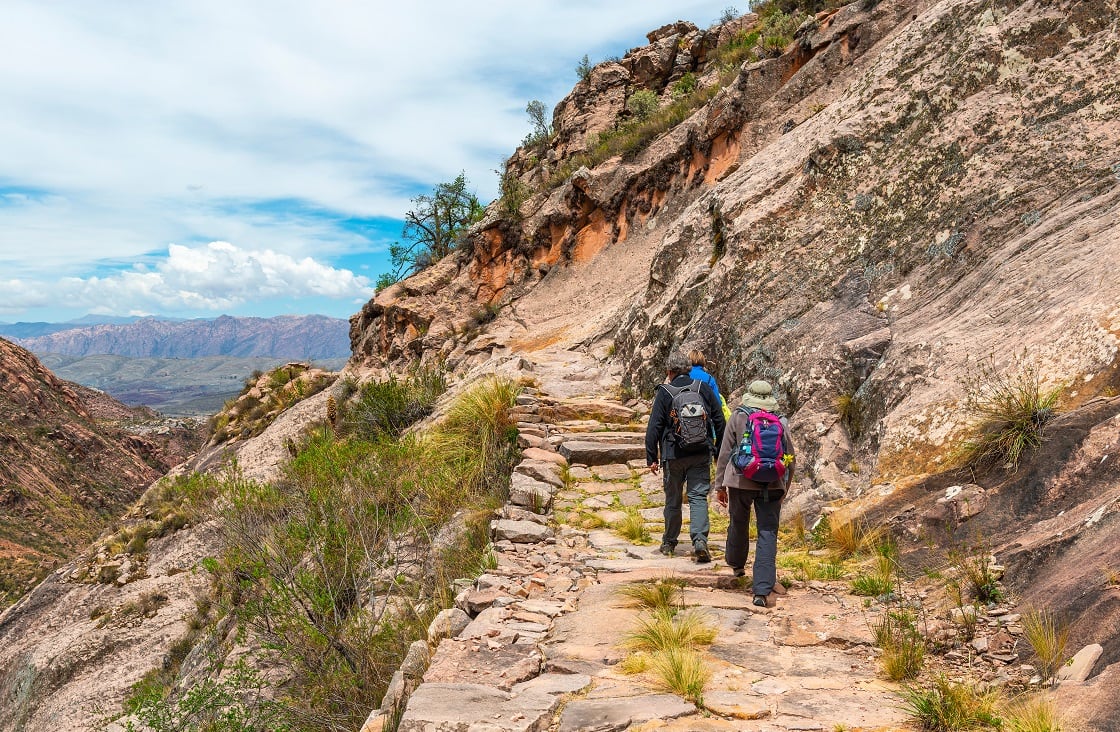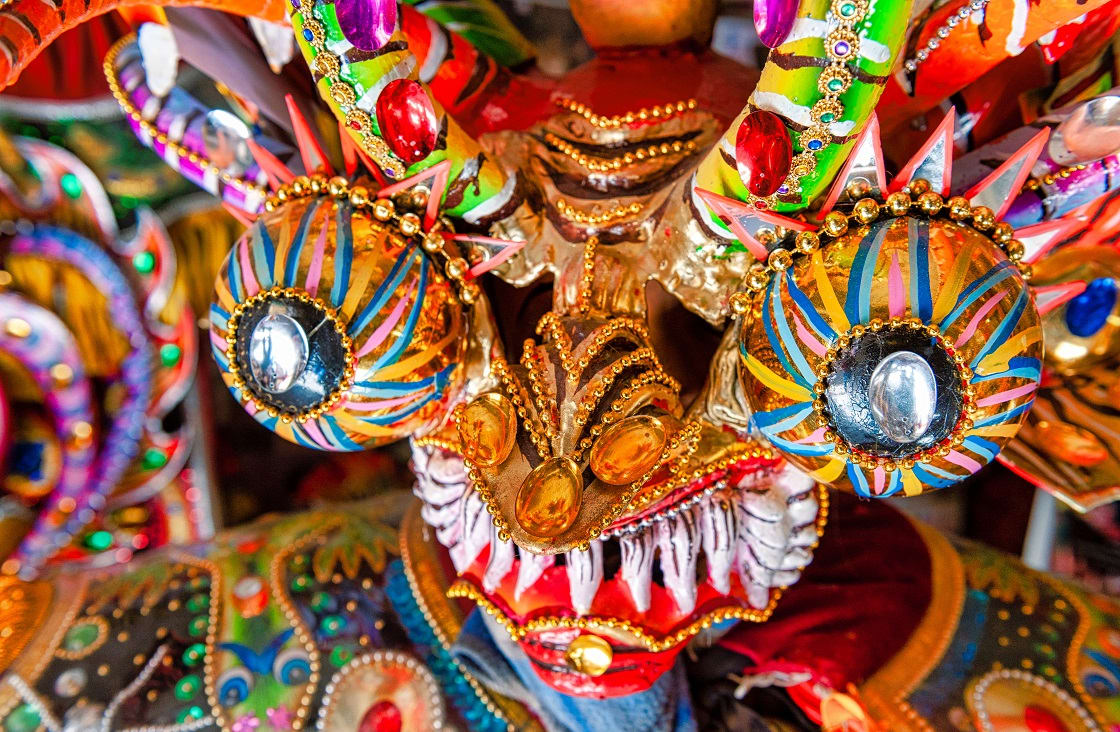
Bolivia offers visitors an opportunity to dive deep into their local culture, experience diverse geography, participate in festivals, taste mouth-watering cuisine, and go on adventures. The weather is beautiful year-round, making just about any time of the year a great time to visit. When planning the best time to visit Bolivia, determine if you want to visit during the wet or dry season and which festivals you want to experience. Knowing exactly when you want to see and what you want to experience can help determine when the best time for you to visit this South American country.

Inca Trek In Bolivia
Bolivia has two seasons — dry and wet.
The dry season in Bolivia typically runs from May through late November. Though this time of year typically brings dryer weather, there are occasional showers throughout these months. Additionally, you will experience cooler temperatures during the dry season, and some parts of the country have bitterly cold and freezing temperatures. The cold temperatures could pose a problem when visiting, as some locations do not have heat.
Many travelers love to visit during the dry season because it is a bit cooler than the wet season. The skies are breathtaking this time of year, being clear and sapphire. Visiting at the very end of the wet season and beginning of the dry season – late April and May – you may find some lower prices on hotels and travel expenses. You may also enjoy the fact that there are fewer crowds this time of year and again later in the season in October and November.
The wet season typically begins in late November and runs through April. Though it often rains, torrential rains occur almost daily between January and March. If you seek to experience many outdoor adventures when visiting Bolivia, the wet season is probably not the time of year for you to go.
The torrential rains during the wet season can disrupt road and air travel. During the months from January through March, Bolivia can experience flooding and heavy fog. Both of these can delay air and road travel. These months are not the best time of year to visit Bolivia because the weather limits outdoor activities. Some areas are prone to landslides, making the mountain areas dangerous to explore.
As with any tourist destination, there can sometimes be issues with heavy crowds. Many more tourists visit Bolivia during the hot and dry season. August seems to be the busiest month, so if you plan to visit this month, plan far ahead to ensure you can get reservations.
If you do not want the heavy crowds but don’t want to visit during the west season, consider visiting during the weeks near the beginning or end of the season. Remember, during the times when heavy crowds visit Bolivia, you will experience delays in travel and other delays visiting local attractions.
Some hotels offer lower rates during the slower season, but this does not always provide substantial savings. Additionally, airfares may be lower during the wet season, but not significantly enough to make a huge difference. Prices do tend to increase during the busier months and seem to be the highest in August. It may be slightly cheaper during the wet season when it comes to costs, but not enough to offset having to deal with torrential rains.

Devil Mask Used At Oruro Festival
Bolivia hosts many festivals, many of which take a long time to prepare and plan. Depending upon the festival, thousands of people travel from around the world to experience the excitement. Many festivals include costumed dancers, bands, and traditional food and drink. Planning your visit to Bolivia can be extra special when going to one of the country’s famous festivals.
Some famous festivals occurring in Bolivia include:
Visiting Bolivia when the country hosts one of the many festivals adds something unique to your vacation. Many plan their trips around these festivals, so be prepared for crowds during these times. If you are not looking for crowds, but want to travel during these times, consider visiting areas and towns not hosting these festivals.
When planning your trip to Bolivia, be prepared that you may need to adjust your plans on the go due to crowds or weather. With so much to do in the country, it is possible to keep exploring; however, you might have to find somewhere new to explore. Before leaving on your trip, have a list of backup activities you can turn to when you experience delays, cancellations, or last-minute changes in plans.
The best time of year to visit Bolivia depends on where you go and what you want to experience. Determining when to go to Bolivia will depend on if you’re going to experience warmer temperatures, attend a specific festival, or want to explore the great outdoors. Everyone has a difference of opinion as to when the best time to visit is. To plan your Bolivia getaway, make a list of what is important to you, and then pick a time of year that offers everything on that list.
While Rainforest Cruises aim to provide accurate and up-to-date information, we make no representations as to the accuracy or completeness of any information herein or found by following any link on this site. Rainforest Cruises cannot and will not accept responsibility for any omissions or inaccuracies, or for any consequences arising therefrom, including any losses, injuries, or damages resulting from the display or use of this information.




